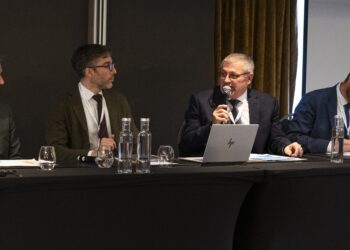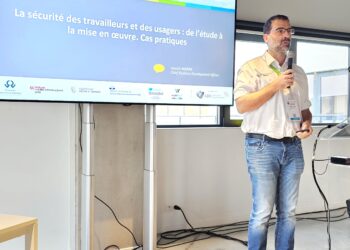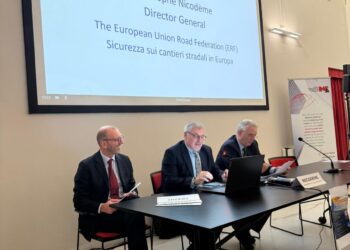11 May 2022 | Stockholm, Sweden
On the 11th May, the Swedish Parliament organised a conference on the interaction between road infrastructure (road markings, signs or barriers) and connected and automated vehicles.
The session offered an opportunity to explain the new mandate of the Trafikverket as from last November 2021. Concretely, the Swedish government has requested to inform about the performance requirements of the federal road infrastructure. Inputs will permit to identify needed actions that will facilitate the deployment of automated driving and ADAS technologies (levels 2 and 3). The report should be presented by Trafikverket next 29th July and will be used to prepare a maintenance strategy for markings (amongst other elements) in the coming future.
Discussions involved exchange of information between members of the Parliament and industry representatives from OEMs and road infrastructure including Chairman of the Scandinavian Road Markings Association Toni Ogemark and ERF President Rik Nuyttens who displayed an overview of the current framework. Concretely, the revised Directive on Road Infrastructure Safety Management aims at establishing general performance requirements for road markings and road signs in order to facilitate the development of cooperative, connected and automated mobility systems.
In addition to properly designed and maintained road markings and signs, that can be easily and reliably recognized by both human drivers and ADAS equipped vehicles, there are four strategic measures claimed by the European Union Road Federation related to the minimum performance of road markings:
- Never below 150 lux-1.m² at night (dry) and >35 mcd.lux-1.m² (wet and rain)
- Width > 150mm
- Sufficient high contrast of 3:1, if possible 4:1 to avoid false readings caused by glare and other critical conditions
- Harmonisation of markings design and layout across Europe to facilitate reliability for ADAS and future 2+ SAE levels
Further information about the position paper on road markings, please contact José Diez at j.diez@erf.be.
-
Safer, Smarter Roads Discussed at the 25th Belgian Road Congress
October 10, 2025 -
ERF calls for Smarter, Safer Road Work Zones at Bologna Forum
October 9, 2025




